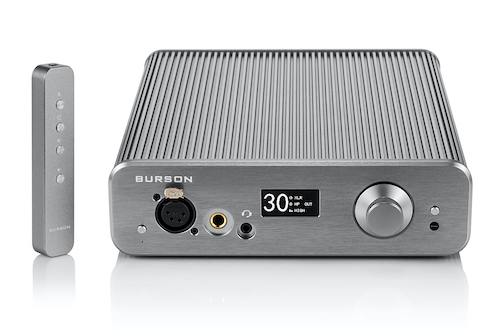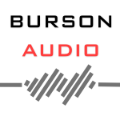Why would you need a HP amp if you have an ADI2?
I guess I read too much in internet forums that time and listened to the voices that promised better sound especially with Hifiman Aryas...Also I have some XLR-style headphone cables.. I did not have access to any measurement results that time and believed what was written there... Today I would not repeat this investment for sure.
But to be honest with you: I really cannot say anything negative about the sound. With my higher impedance headphones and mid gain there is no hiss audible. Sensitive IEMs are getting plugged into my ADI2 directly.


